Chile’s Santa Ema Winery brings Premium Flavor to your next meal.
Chile’s Santa Ema Winery brings culture, family and premium wines to focus over their multi-generational history. Have you tasted one of their bottles? It brings dimension to light dishes, like seafood, heavier like BBQ, even dessert.

Today I have the opportunity to speak with Santa Ema’s Jaime Merino about life, history, flavor pairings and what’s next for Santa Ema.
I don’t know if people truly understand how busy wine professionals are. Would you mind just giving us an idea of how much you’re traveling and how you spend your time?
Jaime Merino: Yeah, absolutely. You know that in the wine industry, it is extremely important to be in front of the distributors that are our commercial arm into the different states.
We need to have an importer because we are an imported brand. So our wine’s coming from Chile. In order to get into the U.S., we need to have an importer. So we spend a lot of time in front of the importer and virtually every week we’re in touch either via video calls or phone calls or face to face, taking the wines into each one of the states, we need a distributor in those states.
That is the representative of the wine. So we assigned the brand to a set distributor in New York, for instance, and then that distributor with their sales force is going to take the wines to the trade, to the street. So it’s going to take it to the wine stores, going to take it to the restaurants, going to take it to the clubs, depending on the legalities of each one of the states.
Therefore, we need to spend a lot of time with the distributors and the sales forces of those distributors to make sure that they have the information for each one of the wines that they’re gonna be pushing. And then not only with the Salesforce of the distributors, but also with the trade and their sales forces.
Because any one of us as a consumer walking into a wine store that has already made the decision that we want to buy a wine, we probably have a budget. And also we probably have an idea that we want either a white or a red, but then we need to start diving into the details. Do I want domestic? Do I want imported?
And then if it is imported, do I want old world, new world? Then you start narrowing to the point that you’re going to say, I want to buy a wine from Chile.
Then that opens a new box of alternatives. So you can imagine the process of getting to one particular bottle of one particular supplier needs a lot of skimming into this very interesting and complex wine industry.
So let’s talk about the historic brand. Can you share a little bit about the history?
Jaime Merino: Yeah, absolutely. Santa Ema with one M, because we come from Chile.
But Santa Ema is a family owned company. It is owned by a family, last name Pavone, that their roots go back to Piedmont, Italy. So today, the company is run by members of the third and fourth generation of the family, and the founder of Santa Ema is the grandfather of the third generation, a gentleman named Pedro Pavone, that migrated from Italy, a little region in the Piedmont, Italy, called Rivalta.
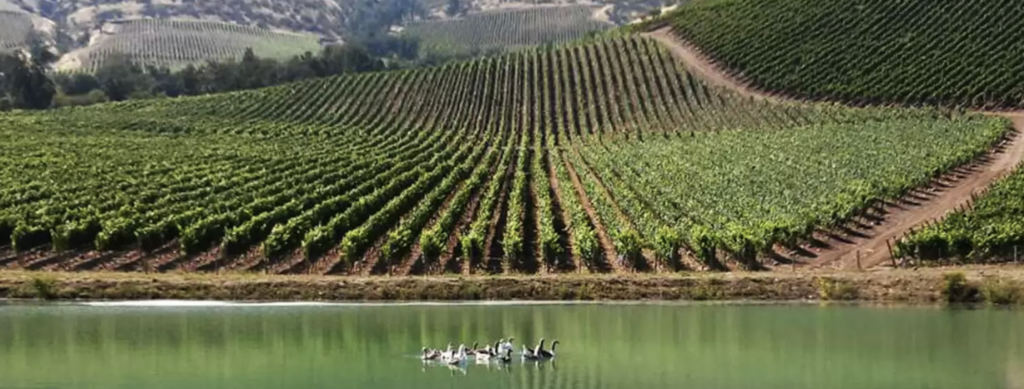
And he migrated into South America, went across the Andes in a sidecar motorcycle and established himself in the heart of the Mao Valley, southwest of Santiago, the capital city in Chile. So he established himself in that area in 1917. And established his family, grew his family, and with his son, Felix Pavone, they bought some land and one of the properties that they bought in Isla del Maipo was actually devoted to agriculture, and that particular property, the name was Chakra Santa Ema, that is like an orchard Santa Ema or Farm Santa Ema.
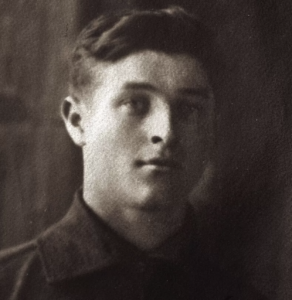
So that is the origin of the name / brand that we use. Because Santa Ema was a staple landmark in that particular region.
They planted vineyards, they started producing wines that initially they were selling bulk.
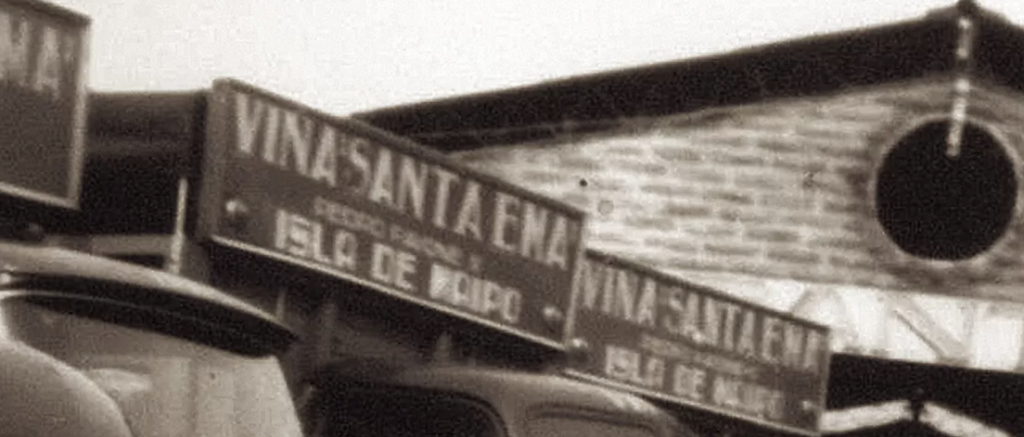
But then in 1956, they founded Ema Winery, and they started producing their own wines to be bottled and started selling in the domestic market. Throughout the years and throughout the development of this company, pretty much done by Felix Pavone, we’re talking second generation.

The first exports of Santa Ema happened in 1986 into Brazil. When Brazil was just starting into becoming a wine consuming country. Today Brazil is one of the engines in South America in terms of top markets for wine consumption.
So ultimately it started as a father son business that grew and evolved into a multi generational still family business.
Yes. And probably different to many families involved in the wine industry and in the wine business for the Pavone family, this is it. So this is what they do. This is their life. This is their reputation.
Basically, they are not in the wine business because it’s trendy, because it’s fashionable. No, this is a business for them with family members hands-on. Today we have members of the third generation and fourth generation so we are undergoing a very interesting times to the winery because you can imagine that the members of the third generation are people mid 50s to early 60s and then the members of the fourth generation are their early tp mid 30s. Professionals coming from college with sometimes different visions from traditionally what the family has done.
A second ago, you mentioned regions. Let’s talk about the vineyard and the regions and the soil types Santa Emma uses and works with.
Jaime Merino: The winery and most of our properties are established in the Maipo Valley in Chile. Maipo is probably one of the most traditional valleys and wine regions in the country. Chile, for those people that have a rough idea of what Chile is, first of all, we need to look at South America.
If you look at South America, and – I will challenge people reading this to grab a map and look at South America – you’re going to notice that South America is shaped as a cluster of grapes. Therefore, no secret why South America is a very good vineyard paradise, as it is referred to sometimes, and that’s why we have very strong countries in South America producing wines.
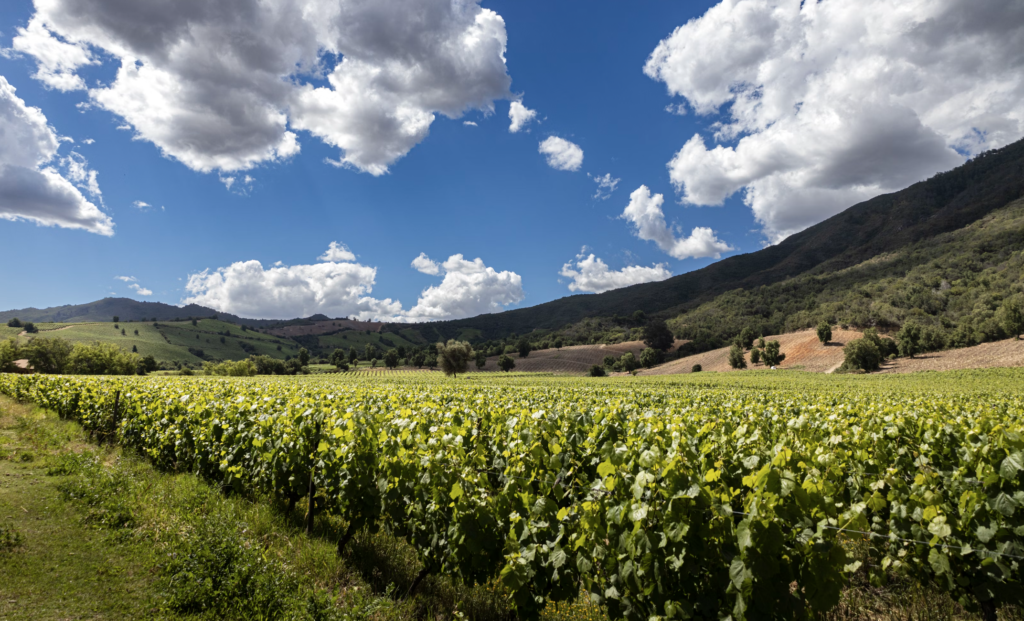
Of course, Argentina, Uruguay, Brazil producing these days. Peru becoming a very interesting offering of wines. There is wine produced in Bolivia, Chile. We’re going to start seeing a lot of wines coming from South America. But then if we go back to Chile, Chile sits on the western side of South America.
It runs north to south, and it roughly expands for 4,000 miles, but with an average width that is no more than 180 to 200 miles. So the best way to picture Chile, as I normally explain to consumers and trade, take the northern tip. take the southern tip, flip it upside down, and bring it to the west coast in the U.S.
So now, the northern part of Chile is going to be from Los Angeles all the way down to Baja California.
Baja California, that is super dry and desert, that is going to be your Atacama Desert in Chile. The central part of the country, It’s going to run from San Diego all the way up to San Francisco, so it’s going to be pretty much the agriculture area of the country.
That’s why, when we move, into October, November, we start seeing a lot of peaches and plums and fruits coming from Chile because we are in the opposite season. Then if you go from San Francisco up to Seattle; and all the way up to Alaska, that is going to be the southern part of the country. So you’re going to go into the lake districts, ultimately you’re going to go into Antarctica.
So that is a good way to picture how Chile looks from north to south, that will be like moving from south to north on the western side of the U. S.
Now, if you grab Chile and you put it across the U. S., it will span more or less from New York all the way up to Seattle. So that is going to be the length of the country if we put it across the U.S.
I love those comparisons.
Jaime Merino: Appreciate that. Yeah, just to give a sense of location and a sense of what people should find there because sometimes at least here in the U. S. Chile is known for some ideas of certain regions, like for instance, the northern part of the country because of the Atacama Desert and the geysers in the in the northern part of Chile, or if you go to the southern part of Chile and you go to Torres del Paine, that is a very touristic area. Or ultimately, if someone is a little bit more exploring with an exploring soul, they can jump into Easter Island, that is also Chilean territory, and that will be more of the Polynesian side of Chile.
In terms of the Maipo Valley, it sits pretty much in the central part of Chile in the belly bottom of the country, Santiago being the capital city, and Maipo surrounds the Santiago to the south and runs from the foothills of the Andes, starting at 1,000 to 3, 000 feet above sea level, all the way to the coast, so we’re moving east to west, bordering the Pacific Ocean.
That is going to be pretty much what you’re going to see in Maipo. And that applies pretty much to most of the wine regions in Chile, running east to west. With very few exceptions, most of the valleys in Chile, Maipo for instance, they take the name out of the river that runs through the valley that waters the vineyards and all the agriculture activity that happens in the valley.
So Maipo Valley is because there is a Maipo River that runs from east to west. And then, since you’re coming from the Andes, starting at 3,000 feet and then going through the central part of Maipo and into the ocean you have very different growing conditions in Maipo Valley.
So most of the time I tell consumers when you are exposed to a bottle of wine coming from Chile that on the front label reads Maipo Valley, try to ask where in Maipo, because the conditions are going to be totally different.
Just to give you an example, here is a Sauvignon Blanc Select that reads Maipo Valley, but this is a central part of the valley that is only 25 miles inland from the ocean. So we have good, cool conditions to be able to produce a very expressive, fresh, crisp Sauvignon Blanc.
But then, on the other side, I have a Cabernet Sauvignon, also from Maipo Valley, but here we have a combination of fruit coming from a vineyard that we have at 1, 000 feet above sea level, with fruit coming from a vineyard sitting roughly at 500 feet above sea level.
Okay, so it is extremely important to understand this. Probably people are wondering why the altitude is so important or how the altitude could impact in terms of the style of wine that we’re going to produce. In simple words, if any of you come to visit us in Maipo, say January, February, March, that is our summertime, the first thing that I’m going to do is to make sure that you’re wearing a hat, that you have enough water, and most importantly, that you have sunscreen on you.
Okay, so let’s take this example now to the vines. Can we control the amount of water that the vines have? Yes, because our vineyards are planted with drip irrigation systems, so we can control the amount of water that each vine is getting.
Can we give hats to the vines? No, they need to find their own ways to protect themselves by growing extra leaves, trying to generate a very populated canopy of leaves to protect the clusters. What do the clusters do? Because we cannot put sunscreen on the clusters, so they need to naturally grow thicker skin to protect the fruit.
And just because of that thicker skin, you’re gonna have more structure, more tannin, more varietal expression. So that’s why it makes a very important difference where you’re planting your fruit or your vines in order to determine the style of wine you’re gonna get.
The higher you go, the more robust wines you’re going to be able to produce just because of this natural protection the vines develop.
We’re going to talk about your bottles.
Because we have a lot of foodies reading. What kind of foods would be great to pair with each one?
Jaime Merino: Before I go into the specifics of the wine, and particularly to all the foodies, I am one of those. Let me tell you that anytime that a winemaker that is going to be,”the winery chef”, is thinking on the wine that he’s going to be producing, he should be thinking immediately with what type of food he’s going to be pairing that wine.

That is probably one of the key aspects to understanding wines, and this is going to be at the same time an invitation to all our viewers, foodies or not foodies, to break taboos.
And what I mean by this is that probably our grandparents and eventually our parents were of the idea that whites are for seafood and shellfish and reds are for meats and game and why?
Why? Break taboos, play with this. This is a life element that we need to challenge to see how it performs with different types of foods and different types of elements. Also one of the other big differences that I find in Chile, comparing the U. S., in Chile, wine is part of the diet.
So for us, any meal lunch or dinner could not exist without a glass of wine to go with whatever type of food we’re going to be having. That is also a huge difference being part of the diet and not just looking at wine and approaching wine as a special occasion product that we’re going to be consuming.
Having said that, I have in front of me three of the most popular wines in our portfolio: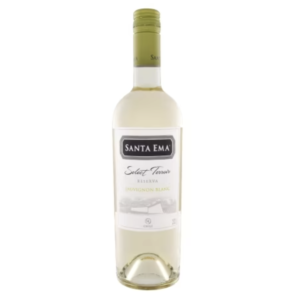
Santa Ema Select Sauvignon Blanc
Sauvignon Blanc is our Santa Ema Select Terroir. So Chile, in terms of whites, produces Sauvignon different types of white varieties. Chenin Blanc, Pinot Grigio, that is extremely popular, but Sauvignon Blanc is the queen of the whites, and Chile has a very strong reputation for Sauvignon Blanc.
One of the things that you need to be aware of is that stylistically, what we try to accomplish here is not the super grassy, grapefruity, very exuberant nose that you will find in Sauvignon Blancs coming from New Zealand. Sometimes you’re going to find that in Chile. But the style of wines in Chile in general is more geared towards France, the old world.
So this is going to be like a crossover between New Zealand and Sancerre. You’re going to have more minerality, you’re going to have a little bit more complexity, and not that you’re going to open this bottle and you’re going to have that very exuberant nose that is going to be extremely, Intriguing. No, it’s a little bit more tame.
It has a very nice refreshing acidity. It has a very crispy style with very interesting citrusy notes to it, making it a very good wine to enjoy at the end of the day, just because you want to hit a glass of wine at the end of the day or to be paired with food.
What type of food?
In my world, I will do ceviche all day long. If not, I will go with some oysters. Maybe with a delicate white fish – flounder or cod, for instance. Not too elaborate, not too much abusing on dairy products, cream or butter. The more simple, the better.
Cabernet Sauvignon from Maipo Valley and I have Merlot from Maipo Valley. I’m going to leave Merlot to the end. Although in tasting order, most probably. We’re going to do first Merlot and then Cabernet Sauvignon, but I’m going to explain the reasons why I’m leaving this Merlot to be the last one.
Santa Ema Select Cabernet Sauvignon
Cabernet Sauvignon from the Maipo Valley. In terms of the fruit, a combination of fruit coming from the central part of the valley and fruit coming from our vineyards in the foothills of the Andes. Just to give a little bit of the extra kick, extra structure, a little bit more of a backbone.
A Cabernet Sauvignon by the book, meaning a very honest, true expression of the variety. We use a combination of French and American oak barrels. We want a little bit of the expression of both types of wood. American most of the time is going to be more chocolate, more vanilla, more of the “sweet tastes” that you will find in wine.
French is going to give you more of the leather, the tobacco, a little bit more of the complexity. And that is the reason why we use a combination of both types: American oak barrels and French oak barrels. But not to abuse the oak, so we keep a percentage of the wine in American, and percentage of the wine in French, normally six to eight months, sometimes up to 10 months.
Then we blend it all together and we put it back in the bottle just to keep a good expression of fruit.
Red meats, strong cheeses, it works extremely well. So if you guys like grilling, barbecuing, big time, a perfect match to go with anything that you’re going to be grilling, barbecuing, but please leave the barbecue sauce in the pantry or the refrigerator because the sweetness of the barbecue sauce is going to kill most of the wines that are going to be pairing with it.
If you want ribs with barbecue sauce, fantastic! Drinking wines that are going to be suited for that is going to be challenging. I’m telling you try to keep your meats as clean as possible in terms of any super hot, spicy additions or the sweetness of barbecue sauce.
Santa Ema Reserve Merlot
Santa Ema has been working with Merlot for many years to the point that our reserve on Merlot is one of our flagships in the portfolio. Iit is a very particular wine because we use American oak barrels that are produced by a cooper in Missouri specifically for this wine with specs that are determined just for this wine.
What is the secret is that these barrels are toasted inside at a certain level of temperature that is going to allow a caramelization of the wood. That is going to be transferred ultimately into the wine via very distinctive notes of vanilla, roasted coconut, and sometimes nuances of chocolate, to the point that in certain markets, this wine is referred to as the cookies and cream wine or the chocolate kiss wine.
It’s a very interesting bottle to explore and to renew your vows with Merlot.
We have a very strong influence of Italian dishes here, so say a lasagna, chicken parmigiana will go extremely well with this, a Mexican dish with mole sauce, not too spicy mole, not too much in the heat side of mole, but more in the profile taste of mole. And if you really want to throw a curveball to this Merlot, try to venture and pair it with tiramisu and see what happens.
Phenomenal ideas.
Just to give you a little thing in relation to food and wine pairings. Many years ago, in a wine event here in Atlanta with Alton Brown, that is one of the Food Network celebrities, we put together a seminar “How to destroy a wine” and the whole concept of it was, me choosing wines, Alton Brown cooking and in the last minute doing something to what he was cooking for me to be able to say, ‘Alton, you destroyed my wine.’
So it was a very interesting experience and particularly for the consumers attending a very eye opening experience that very simple things like [preparing] a green salad that you drizzle some olive oil and you put a little bit of salt and pepper and in the last minute you say, ‘Okay, I’m going to pour this with the Sauvignon Blanc.’
Then Alton asking me, ‘Do you want me to squeeze some lemon on your salad?’ Sure, absolutely. But you destroy my wine. The show [had ]little tips and things like that.
Is there anything that we haven’t talked about that you really feel the audience wants to hear about or you want to share?
Jaime Merino: Today, one of the biggest challenges that we have as a country, Chile has a very good established reputation as a wine producing country, but most of the time perceived as a good value producing country, inexpensive wines coming from Chile. So you’re going to find brands out there, sometimes retailing for $5, 6, 7 a bottle.
And that’s fine. But that is one aspect of Chile. There’s another aspect of Chile of more premium, super premium, ultra premium wines.
I feel very often that consumers are afraid to venture into those more expensive wines. And sometimes when I’m talking more expensive, normally they retail between $15 and $18 a bottle.
That is a new Chile that needs to be discovered because that is where most of the interesting revolution in terms of the wine industry is happening right now.
My invitation is to go to your preferred store, go to the South American section or Chilean section, if there is one, and see what they have from Chile. Okay. That really
Where can we find these wines? What’s the website? And how can we follow you on social media?
Jaime Merino: Okay if you want to know a little bit more, go to www.SantaEma.CL the CL is for Chile.
If you want to follow us on social media, Instagram and Facebook
The easiest way to buy Santa Ema is go to wine.com and see what is available in your region,
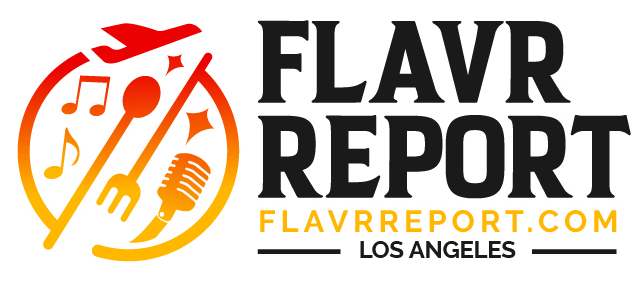


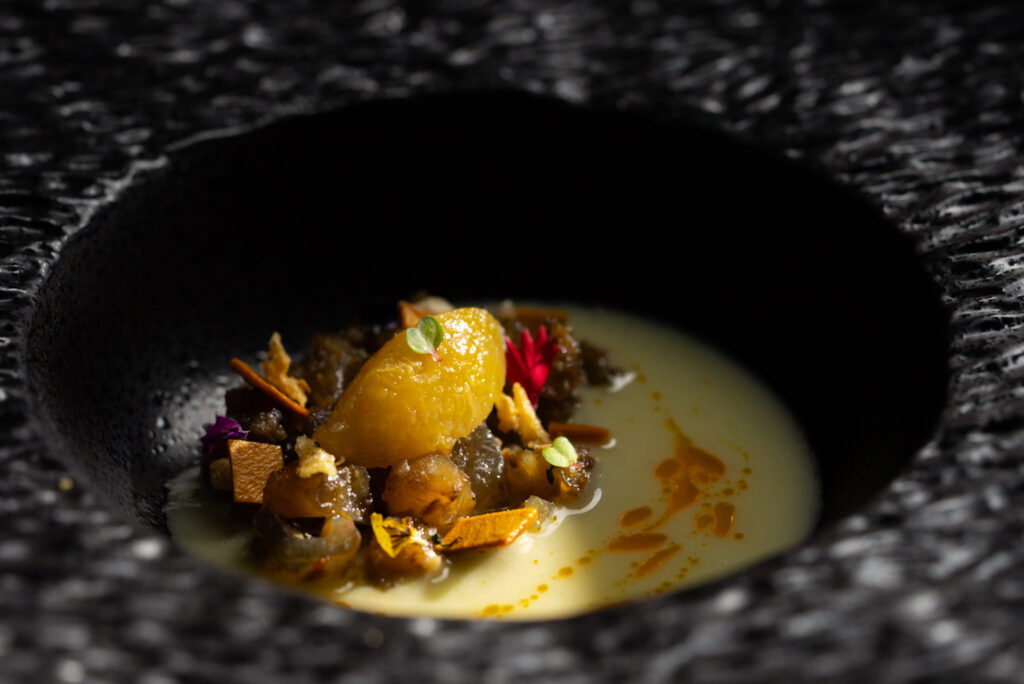
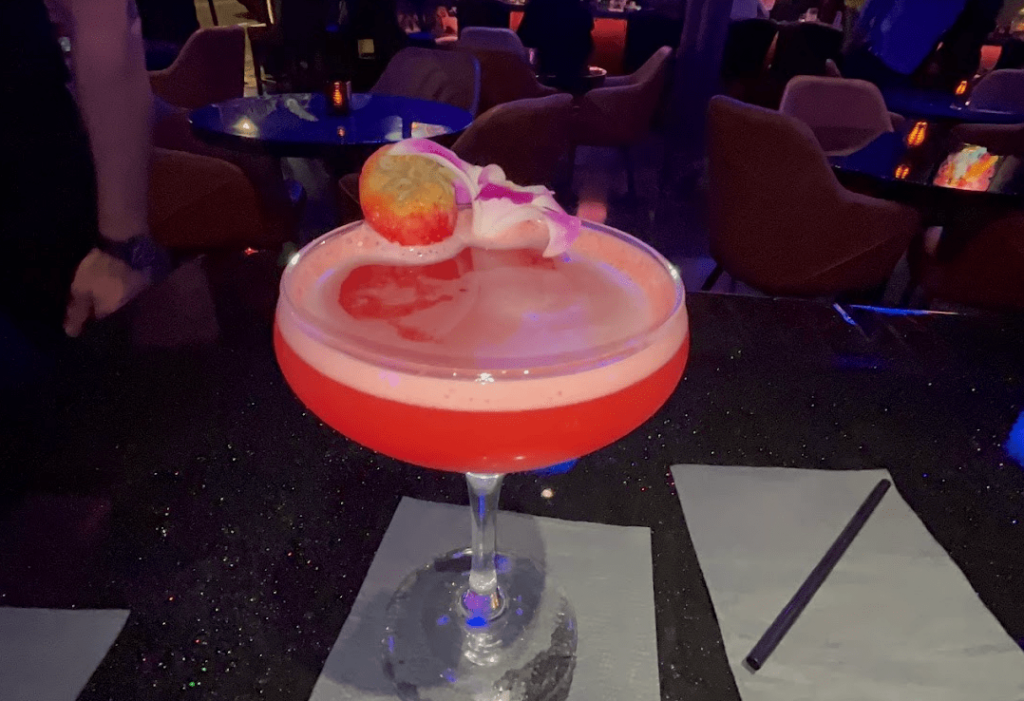










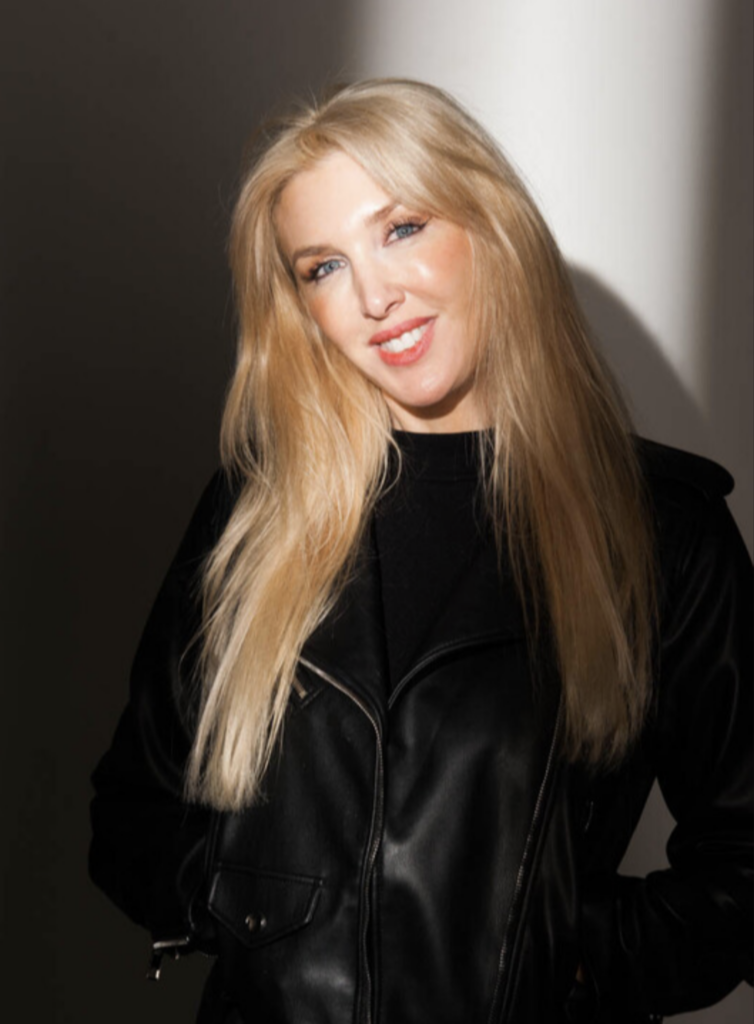


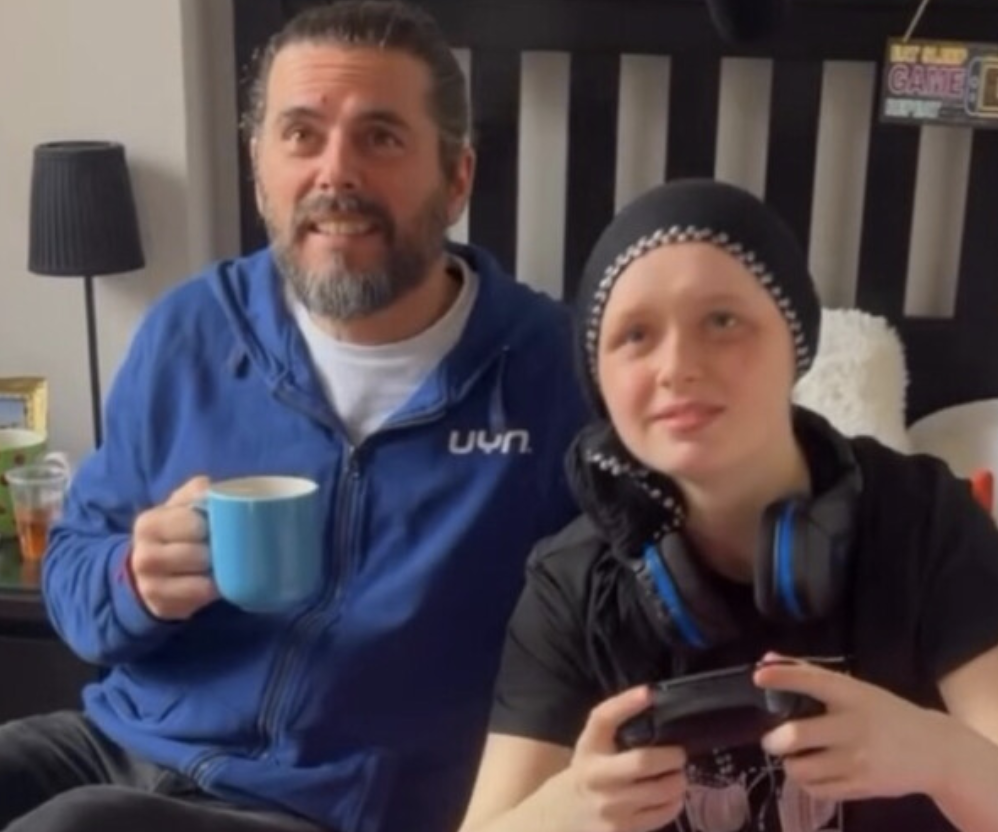






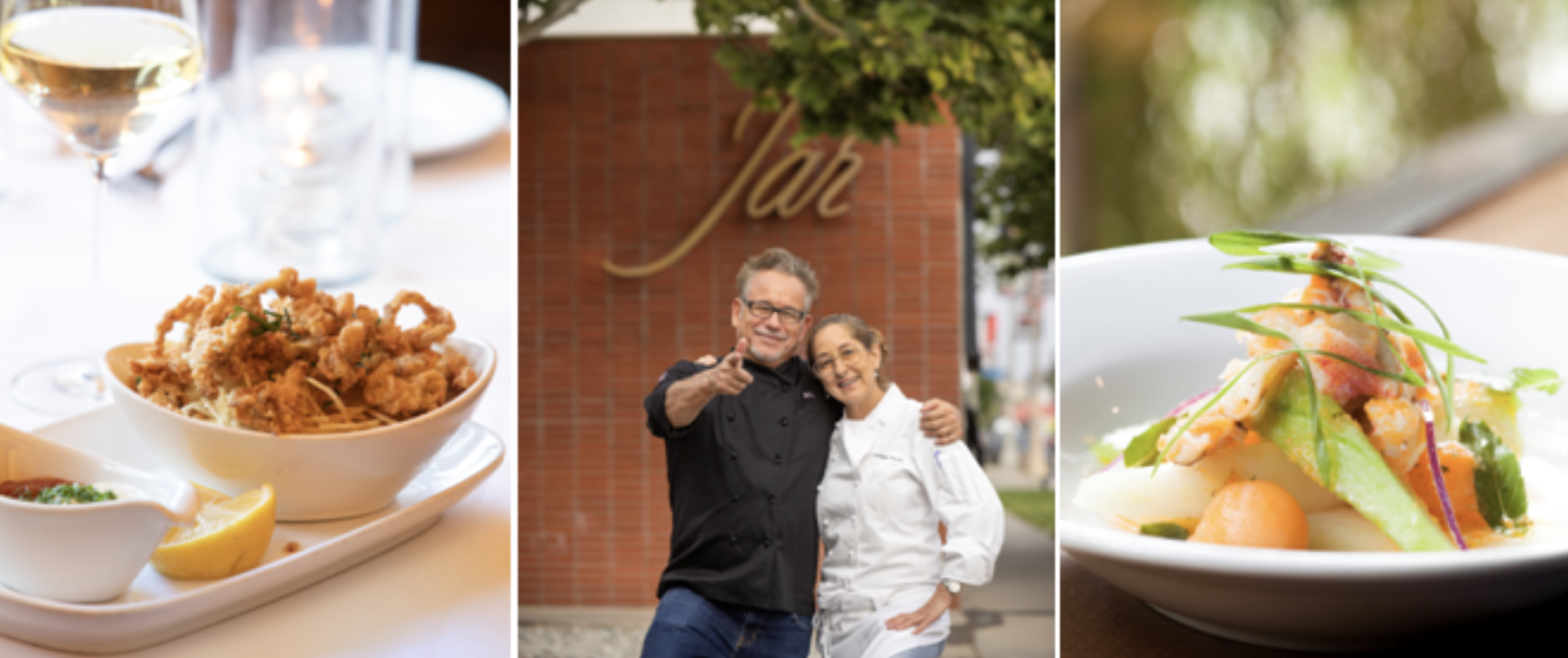


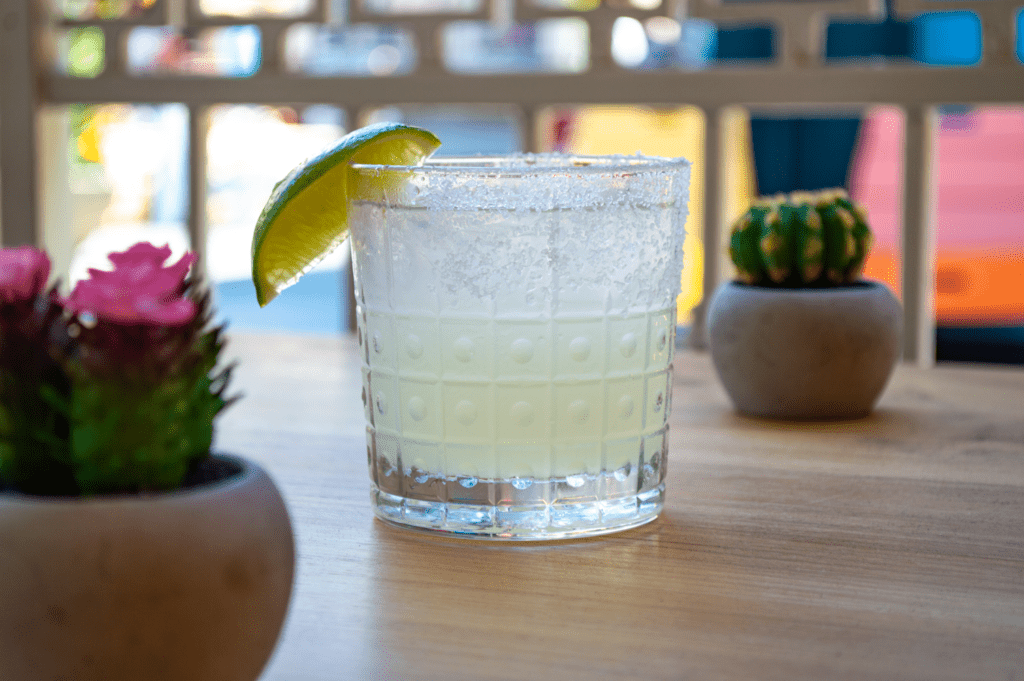


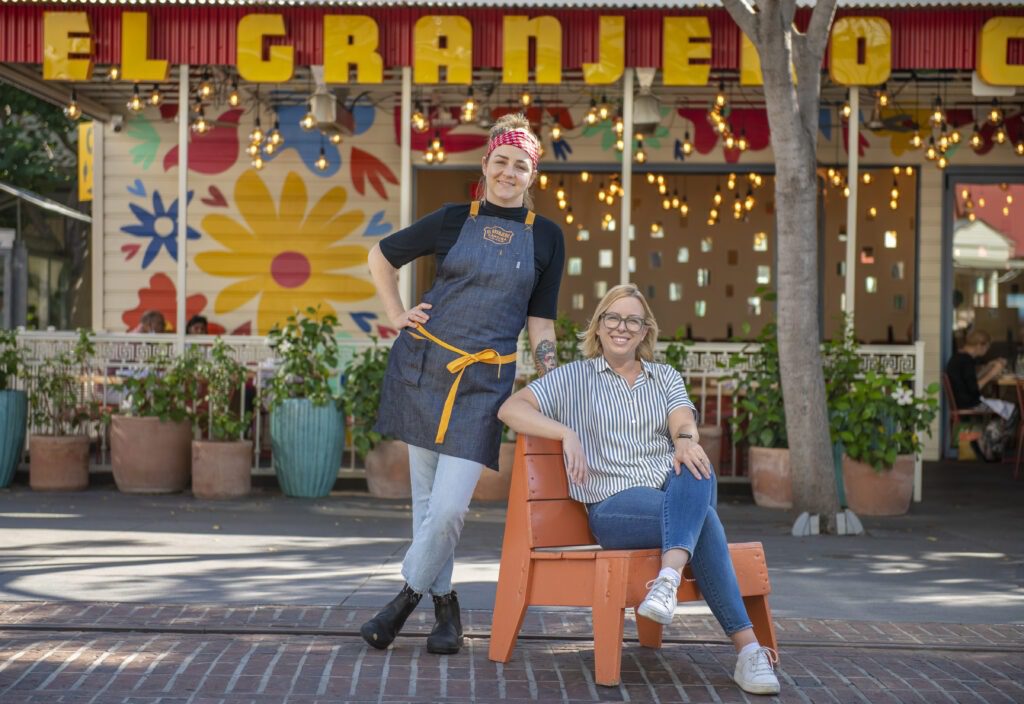








Love these bottles. Good food advice,